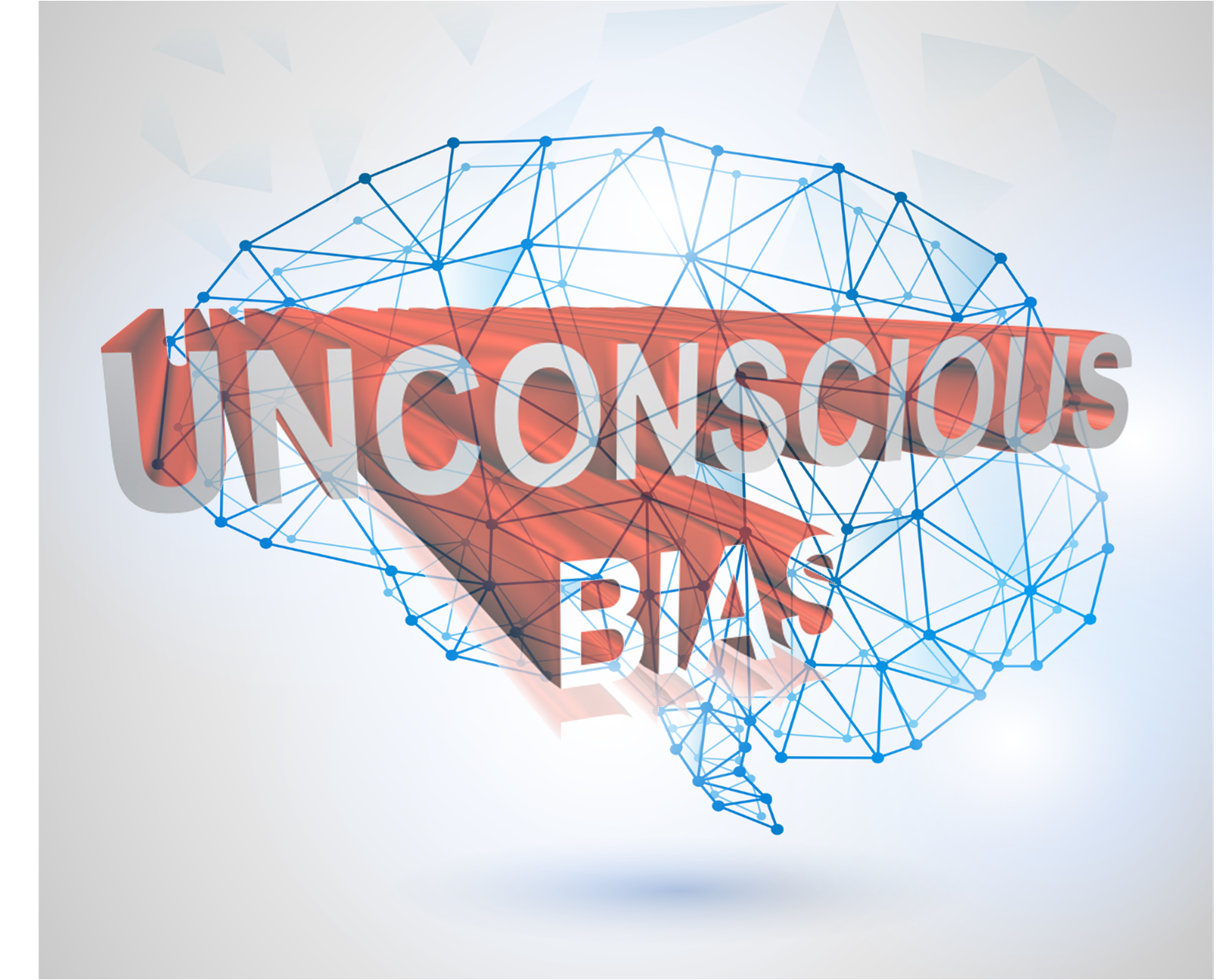[vc_row][vc_column][vc_column_text]
2021 was a year of growing awareness around diversity, equity, and inclusion (DEI) – in the business world and beyond. Amplified media attention regarding longstanding inequities sparked actions that promote a more inclusive society. Likewise, organizations have committed to changes in culture and policy that will cultivate diversity, equity, and inclusion.
According to Harvard Business Review, more than 1600 CEOs have signed the CEO Action for Diversity & Inclusion Pledge. The hiring of chief diversity officers has tripled and 79% of companies say they will raise their DEI budgets in 2022 . Various companies have published statements of their intention to diversify their workforce, provide equal pay and advancement opportunities, and make employees feel safe and respected, regardless of race, gender, or any other aspect of their identity. And many organizations have implemented unconscious bias training as a pillar of their DEI initiatives.
Yet, despite all these actions, the workforce continues to lack diversity and pay rates remain inequitable. Why aren’t these efforts resulting in meaningful change?
Awareness alone is not enough.
To transform a company culture, training must go beyond simply promoting awareness – which alone does not change deeply held biases or the policies and practices that spring from them. Most organizations’ efforts have not delved deep enough to create genuine, lasting change. In fact, ineffective anti-bias training programs can do harm by implying that because bias is unconscious, it is beyond our control. A study of 700 companies revealed that after traditional, unconscious bias training, the probability that Black men and women would advance within the company actually decreased.
Why? Traditional, unconscious bias training – which addresses how our minds have been conditioned to respond when we encounter people we perceive as different from ourselves – is based on the unfounded belief that mere awareness of bias is enough to change it. In one study, 87% of respondents reported that their organization’s training program did little more than explain, on a superficial level, the science behind bias and the detrimental consequences of workplace discrimination, providing no concrete tools or strategies for lasting change.
Make a deeper impact on DEI in 2022.
The conscious mind is responsible for only 1% of our thoughts and actions – 99% driven by the unconscious mind. Effective anti-bias training not only identifies biases but works with the unconscious to transform them and establish healthier, more effective thought and behavior patterns. The goal is to replace judgement with empathy, stereotyping with open-mindedness, old habits with new, and biased decisions with equitable ones, so that company leaders can become change-makers toward a more inclusive culture with fair policies and operations. Rather than a band-aid solution, it’s a deep, sustained commitment to both individual and systemic transformation that goes beyond awareness, rooted in the conviction that diversity, equity, and inclusion are necessary and right.
Neuroscience-based training changes bias at the source.
How do companies ensure their DEI training program’s success and that their investment pays dividends? To make real and lasting change, companies need a comprehensive approach that addresses the issue at its unconscious root. When leaders examine their unconscious biases using groundbreaking, neuroscientific principles, and leverage the resulting insights to consciously alter thinking and behavior, they can become a transformational force for DEI within their companies.
Effective, unconscious bias programs utilize strategies for changing recurring thoughts and deeply held beliefs, such as racial and gender stereotypes. Through interviews, assessments, feedback, metrics, and continuous progress tracking, individuals gain not only self-insight but tools that facilitate development at a level that enables them to make a profound impact both internally and externally.
Starting with leadership affects the entire organization.
Structural change starts at the leadership level. Senior leaders not only influence the culture of the organization but are more likely to go unquestioned. Therefore, those with the greatest power need to engage in their own development and actively unearth their implicit biases and the habits and decisions they propagate. This work empowers leaders to catalyze change throughout the organization with actions such as:
- Leading by example
- Uncovering inequities within all functions at all levels of the company
- Rescript culture, operations, and policies so that they embrace diversity, institute equity, and welcome the uniqueness individuals bring to the table.
Innovative anti-bias training creates profound change.
Proven neuroscience techniques help unravel individual thought patterns that perpetuate challenges, thus empowering leaders to permanently transform those patterns, no longer ensnared by old biases, stereotypes, discriminatory habits, and inequitable decision making. For companies that aspire to truly diverse and equitable cultures and environments of inclusion and acceptance, this approach is revolutionary.
Make 2022 the year you attain genuine DEI within your company. Schedule a conversation to discuss how Velocity can help quickly advance your organization through leadership development.
[/vc_column_text][/vc_column][/vc_row]
